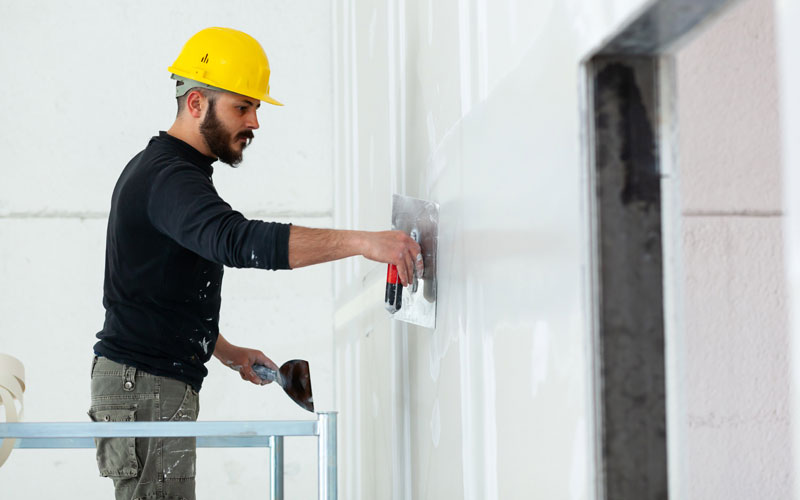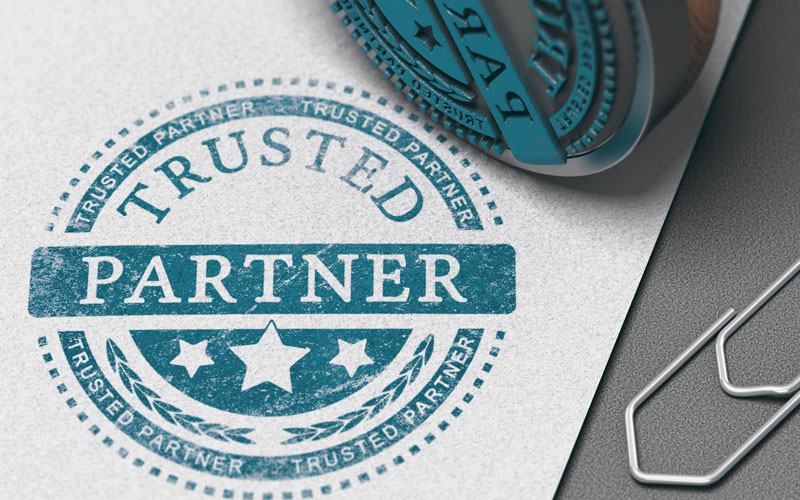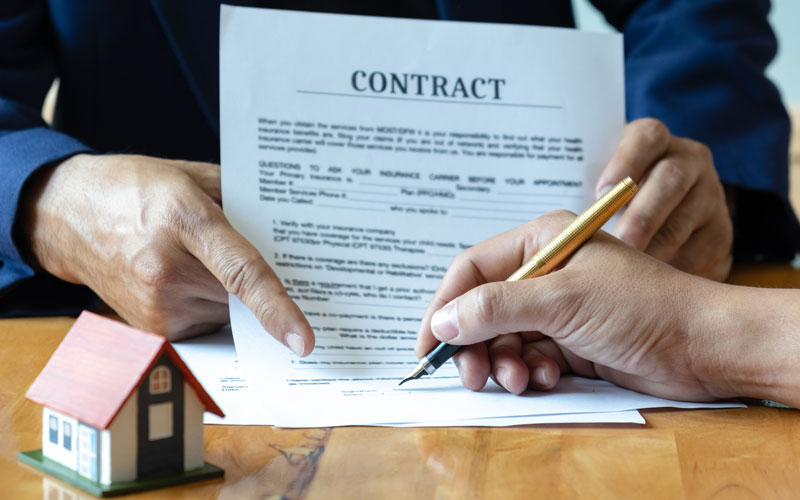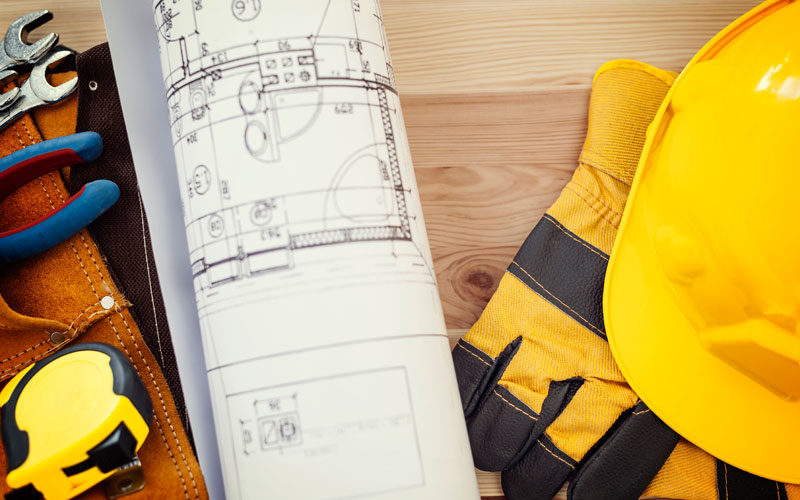We’ve all heard sob stories from our fellow interior designers that recount the pain of unreliable tradespeople who delivered nightmarish services. Responses to these laments in safe spaces range from empathetic support to tough love advice, from the recommendation of “reliable” trades to exasperation at “this is how it will always be”. So how do interior designers find reliable tradespeople? Read on!
Tradesmen
In the interior design business, tradesmen refer to skilled persons who specialize in aspects of construction. They can be plumbers, electricians, masons, custom mirror or glass installers, polishers, carpenters, tilers, painters, heating and air conditioning engineers, welders, cabinet makers, etc.

Where to Find Tradesmen?
Finding a tradesman you can trust is like striking gold. It is a hard process, but when you do, hold on to them for dear life! There are several ways to find your ideal tradesman.
1. Look for Referrals From Other Designers
This is the easiest and one of the most reliable options to find a good tradesman. It would be ideal to get reliable tradesman recommendations from interior designers who have had great experiences with them. But do keep in mind that many designers are unwilling to share their tradesman information, for fear of you snatching them away.
2. Word of Mouth
This is one of the most common options to find a good tradesman. Keep your eyes and ears open for recommendations from friends, family, colleagues, industry partners, other tradespeople. Just keep in mind that mere mortals (aka non-designers) may have very different expectations on quality and professionalism.
3. Look for Referrals From Clients
Like designers, clients often go through the long and painful process of searching for and testing multiple tradespeople for a given task.
4. Drive Around Construction Sites
This is basic, but you will always find tradesmen at construction sites. Many tradesmen display a lawn sign with their contact information. If not, they almost always have some form of advertising on their trucks. When appropriate, drop-in, introduce yourself, and speak to the tradesman. Otherwise, look them up online before giving them a ring. You’ll feel like a secret agent doing this form of surveillance which only adds to the excitement of discovering who your competitors are using. From here on out, we’ll refer to you as 007.

5. Interior Design Association Directories
Associations such as NKBA, ASID, and IDS typically have a directory of tradespersons and industry partners, which are available for members. This is one way to find tradesmen.
6. Search Online
There are many websites on which tradesmen are listed. On some sites, traders can quote for jobs listed by customers, and customers can leave feedback for tradesmen. These include Yelp, Angi (formerly Angie’s List), etc.
7. Local Design Center/ Showrooms/ Furniture Shops/ Paint Shops
Your local design center, furniture showrooms, and paint shops are frequented by designers and often tradespeople. Speak to the store managers or reps and ask for recommendations.
8. Magazines
Local shelter magazines often feature designs by experienced designers. Keep an eye out for sources and citations in these local publications because some of them may list tradespeople who worked on the job.
9. Showhouses
Visiting showhouses is an excellent way to get introduced to tradesmen. If you are involved with one, then that’s even better! Tradesmen are usually present at showhouses, during construction and installation, and will be available to talk to you about their services.
10. Nextdoor
Nextdoor is a social network that partitions conversations by geographic area. You’ll need to receive a letter at your home or office address with a verification code before being able to join the local conversation. It is a great platform for asking for local advice including on finding trades. Many designers also use Nextdoor for marketing.
How to Check a Tradesman’s Credentials?
With so many horror stories on nightmarish tradespeople out there, finding someone you can rely on is a difficult task.

Consider this: you have a client who likes your design and wants to work with you. You bring in a tradesperson to give an estimate. They provide a quote. When the time comes to start work, the tradesperson quotes several times higher than previously agreed. It is an embarrassing situation and reflects badly on you. And when the job finally starts, they are late, rude, show no accountability, and forget all about the art of communication. Many tradesmen do not subscribe to the processes you have created for the smooth functioning of your business. So before you recommend trades to your clients, keep these points in mind.
1. Do They Have a License?
A business license is absolutely essential for tradesmen. It gives them legitimacy, and it protects you and the clients in case of any on-site issues.
2. Do They Have Insurance?
Liability insurance is another document without which you must definitely not sign on a tradesman. Liability insurance protects you if any damage is caused by the tradesmen.
3. Do They Have Reviews?
Look high and low for reviews, including Google reviews. Many online websites have the option to leave feedback on tradesmen. If they are someone who is not listed online, then ask them about previous projects that they have worked on, and contact the clients or designers to request feedback on their experience.
4. Do They Have a Business Address?

Ensure that they are a verified, registered business that has a valid address and contact details–even if that address is residential. Never sign on someone who does not have a valid business number and address.
5. Do They Have Good Listening Skills?
You should feel comfortable with your tradesman. One of the ways to assess this is by observing whether they are keen on listening to your vision for the space or if they instead try to impose their opinion before fully understanding the vision.
6. Do They Make Promises That They Can’t Keep?
Keep an eye out for tradesmen who promise the moon. This involves impossibly short timelines and low charges. Unless they have a great team and have superb reviews online confirming their efficiency, these promises could be a red flag.
What Questions to Ask Before Hiring a Tradesperson?
Once you have shortlisted a few tradespeople, here are some questions you absolutely must ask them before you sign them on. The answers to these questions should determine whether they are going to be a good fit for you, your business, and your clients.

- How long have you been in the business?
- Have you ever had to quit a job you accepted? What were the reasons?
- Do you have the required license and liability insurance?
- How do you handle a demanding client?
- What are your working hours? Are you available for emergencies?
- What is your preferred means of communication?
- What payment methods do you accept?
- How long does it usually take for you to complete a project of this size?
- Do you work on two or more projects simultaneously?
- How many people are there on your team, and what do they do?
- Can you provide a list of some of your previous clients and other designers you’ve worked with?
- Do you have pictures of previous jobs you worked on?
- Are you a member of any trade organizations?
Before You Sign on a Tradesman
Finding a good tradesperson is a wonderful boon for interior designers. Many designers have great relationships with tradesmen that sometimes span decades. They share a mutual level of comfort and camaraderie, that they work as a great team for every project. Keep in mind that it cannot happen overnight and usually takes some trial and error before you find the perfect fit. While you are in the process of finding the ideal tradesmen, here are a few things to keep in mind while you set up your tradesmen for your business.
1. Let Clients Vet Trades Independently

In order to protect your business, many designers recommend that you never take responsibility for tradespeople. You can recommend a few options and request the client to meet them and vet them independently and make their own choice. This way, you can partially protect yourself if something goes wrong with the tradesmen.
2. Have at Least Three Quotes for a Job
Before you jump to bring a tradesman on board, try and get quotes from two other tradesmen for the same job. Always keep your options open.
3. Consider Making an “Expectation Form”
Many designers recommend that tradesmen sign an “expectation form” which lists out all the expectations you and the client have from the tradesmen, which they have to sign. This way, if ever they go rogue on the job, you have a signed document for evidence. Besides, it helps to keep tradesmen accountable to your expectations on matters including timelines, wearing booties in the home, cleaning up after themselves, etc. The more clear your agreement is with them, the closer they will come to meeting your expectations.
4. Never Pay Upfront
It is recommended that you should never pay a tradesman upfront, or in cash. Always pay after the job is done, or according to the milestones in the contract.

5. Never Sign-on Anyone Who Refuses to Give a Quote in Writing
It is a red flag if a tradesman hesitates, or outright refuses to give you a formal quote in writing. It shows that the tradesman is unsure of the job and is looking for more than expected wiggle room with respect to pricing the job.
6. Never Sign-on Anyone Who Does Not Have the Required Paperwork
If a tradesman refuses to furnish their registration, business license, and liability insurance details, then this is a clear red flag. Make sure this is provided before you sign the contract.
7. Pricing Is Not an Indication of Quality
Just because a tradesman is expensive, does not mean their quality of work is excellent. Likewise, if a tradesman’s prices are low, it does not necessarily translate into them providing shoddy work quality. Some trades charge less out of a lack of confidence, lower overhead, fewer business opportunities, more modest personal financial needs, and being out of touch with the market prices.
Conclusion
Signing on a tradesman is like welcoming a new member to your team. Therefore, it is imperative that you vet them properly before making it official. When you sign on someone without checking their credentials, they could end up as what is usually referred to as “cowboy tradesmen”, where they act reckless and rude, are not punctual, overcharge, underwork, and are a nightmare to deal with. This could, in turn, reflect poorly on your reputation as a designer. So keep your eyes and ears open, and keep in mind all the points discussed above when you sign on your next tradesman.
Have you had nightmare experiences with cowboy tradesmen? Have you learned how to find the right ones? Please share your experiences in the comments below.










